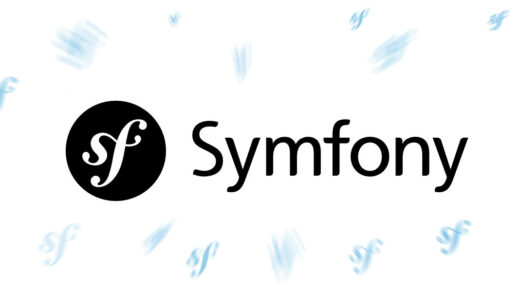The SCRAMBLE framework is a structured approach designed to tackle complex problems by breaking them down into manageable steps, rethinking traditional methods, and fostering innovation. Inspired by Elon Musk’s application of First Principles Thinking, the SCRAMBLE framework can be used across industries to simplify challenges, innovate solutions, and improve efficiency. In this post, we’ll dive into each component of the framework and how it can be applied to problem-solving in business, technology, and beyond.
What is the SCRAMBLE Framework?
The SCRAMBLE framework is an acronym that stands for:
S –> Simplify
C –> Challenge Assumptions
R –> Rebuild
A –> Analyze Alternatives
M –> Model Solutions
B –> Build from Scratch
L –> Leverage Technology
E –> Execute and Iterate
By following this process, teams can avoid falling into the trap of conventional thinking, uncovering more innovative and cost-effective ways to solve problems.
1. Simplify
The first step in the SCRAMBLE framework is to simplify the problem. This involves breaking down complex issues into their fundamental components. By focusing on the core of the problem, unnecessary layers of complexity are stripped away, allowing you to understand the true challenge.
2. Challenge Assumptions
Next, the framework encourages challenging any assumptions you might have about the problem. Ask yourself: What is being taken for granted? By questioning the status quo, you open the door to new perspectives that can lead to breakthrough ideas.
3. Rebuild from the Ground Up
Rather than relying on existing models or solutions, the SCRAMBLE framework emphasizes rebuilding the solution from the ground up. Like Elon Musk’s approach to rocket design, this step involves starting from raw materials or first principles to design a solution that is both innovative and efficient.
4. Analyze Alternatives
Once you’ve rebuilt the foundation, it’s time to analyze various alternatives. What other approaches could you take? How could you improve on your newly built solution? Analyzing alternatives ensures that you explore all possible paths to success.
5. Model Solutions
After analyzing, it’s important to model your solutions. Create prototypes, simulations, or theoretical models to test the feasibility of your ideas before full-scale execution. This helps prevent costly errors and refines your approach.
6. Build from Scratch
The SCRAMBLE framework encourages building from scratch where necessary. Don’t shy away from starting over if it means achieving better results. This mindset can lead to significant cost savings and higher efficiency.
7. Leverage Technology
With the rapidly advancing state of technology, leveraging the latest tools is key to success. Incorporating automation, data analytics, and modern technologies can significantly enhance your solution.
8. Execute and Iterate
Finally, execute your plan and iterate. The SCRAMBLE framework is not a one-time solution—it is an ongoing process. Continuous iteration based on feedback allows for steady improvement and adaptation to new challenges.
Conclusion
The SCRAMBLE framework provides a fresh approach to solving complex problems by breaking away from traditional thinking. By simplifying, challenging assumptions, rebuilding, and leveraging technology, individuals and organizations can achieve more innovative and efficient results.


